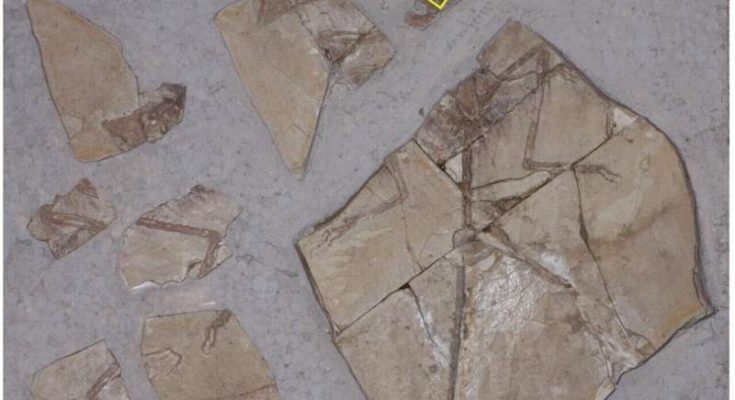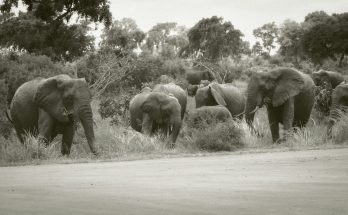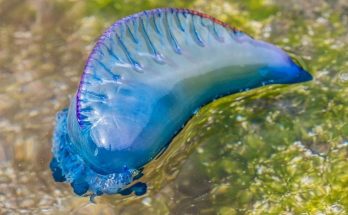An international team of researchers has found the first evidence of a dinosaur eating a mammal. In their paper published in the Journal of Vertebrate Paleontology, the group describes their reexamination of a fossil found more than 20 years ago, https://phys.org/news/2022 reports said.
The work builds on the findings of a prior team who studied the fossil, Microraptor zhaoianus, back in 2000. It was found in the Jiufotang Formation in the western part of China. Back then, the research team dated it to approximately 120 million years ago, and noted that the fossil was missing most of its middle part but its rib cage was still intact.
Microraptors were three-toed dinosaurs that, like their larger cousins, were carnivores. They lived in trees and were quite small compared to other dinosaurs—about the size of a modern house cat. Some species of Microraptor sported feathers, which might have been used for gliding down from perches in trees.
In this new effort, the researchers found evidence of another fossil inside of the Microraptor that once belonged to a tiny mammal. A small fossil mammal foot was found just behind the ribs, proof that the larger creature had feasted on a mouse-size mammal.
The researchers note that prior research has shown that other small creatures have been eaten by dinosaurs, such as snakes, squadmates, and birds—but never a mammal. The researchers suggest the lack of mammal remains inside the stomachs of dinosaurs is likely due to the rarity of finding any remains of other creatures inside of dinosaurs, and not an indication that eating mammals was rare.
The researchers have also been studying the foot of the remains inside of the Microraptor, but thus far, have been unable to identify which kind of mammal they belonged to. They note it had thin toes, similar to modern possums, but were shorter. The researchers are also looking into the possibility of whether the dinosaur actively chased down and ate the mammal or if was merely scavenging. They note that if it had glider-type wings, that would have allowed it to swoop down and catch a small creature such as the one found in its gut.
#dinosaur; #mammal





